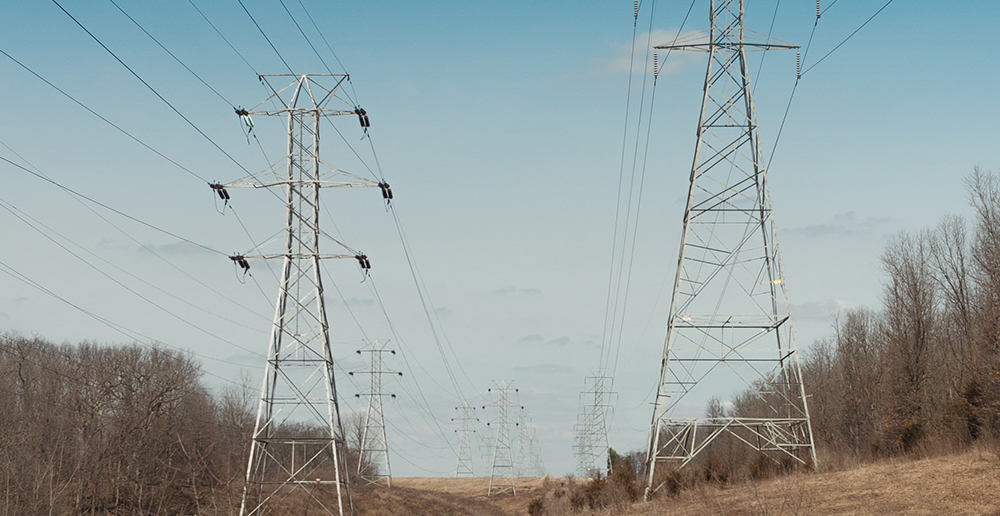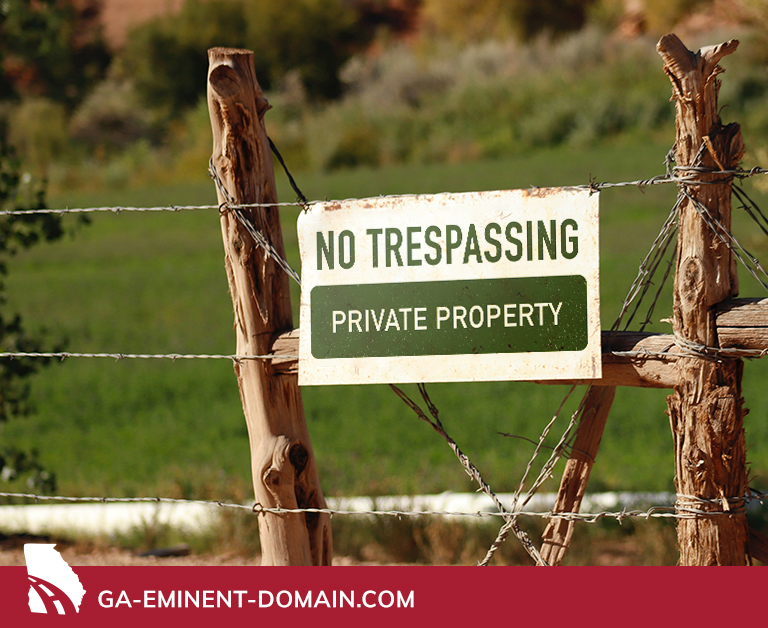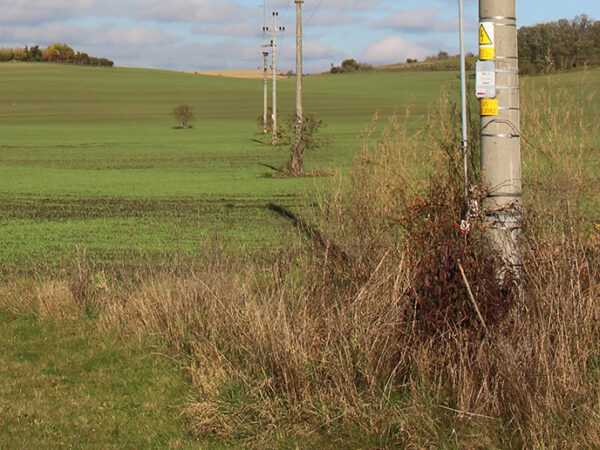There are two ways you can interpret the question above. First, can you, as a property owner, prevent the creation of a property easement? Second, are you allowed to block a property easement or use the land in a way that obstructs the easement?
Understand that an easement is a right to use the property for a specified purpose. Some easements are very difficult to block, and the law is generally clear on the matter. Here’s what you need to know.
Can property owners prevent easements?
Depending on the circumstances, you may or may not be able to prevent the taking of an easement on your property. Some property easements are nearly impossible to block. That may seem unfair, and the effects can be devastating to the property owner, depending on the circumstances and nature of the easement. The law outlines a few situations where an easement can be created regardless of what the property owner wants. Here’s a breakdown of a few ways property easements may be taken:
- Eminent domain is a power granted to the government by the 5th Amendment. It is difficult to prevent an eminent domain taking, and owners are almost always better off working to increase their compensation instead of fighting the taking. However, there are a few cases when an argument can be made against an easement. Either way, an experienced eminent domain attorney can help you understand your options.
- Landlocked parcels, by law, are entitled to an easement allowing ingress and egress across a neighboring parcel or parcels. The question is, where is the best place for such an easement? If a dominant property (the landlocked parcel claiming an easement on someone else’s land) can find ingress and egress in a different location or even on a different servient property (the property across which an easement is granted), you may be able to fight the claim. These actions can be contentious and difficult.
- Prescriptive easements, also known as “adverse possession,” are created by unauthorized use. Creating a prescriptive easement is a long process with very strict rules because it enables the claimant to seize property rights from an owner – something the courts generally examine closely.
What kinds of easements can property owners fight?
Technically, a property owner can contest any easement claimed against their property. The question quickly becomes whether it is more important to block the easement or to seek compensation for it instead. The answer can vary -–and it’s not always a happy ending for the property owner on the wrong end of the easement.
Can I block a DOT easement?
Preventing a DOT easement obtained via eminent domain can be extremely difficult. Eminent domain power is vast, and fighting against it depends on very favorable circumstances and timing. For instance, the moment you hear that the Department of Transportation is considering a new right of way that might affect your property, you could hire an eminent domain lawyer.
They could help you discover an alternate route or perhaps a tweak of the plans that might spare some or all of your property. Perhaps you can prove that the value of your property is far more than the DOT is willing to pay and that it would be less costly to entertain a different route. These seem plausible, but in reality, the DOT doesn’t change its mind often. It is extremely rare for a property owner to prevail in these cases.
Can I block a utility company easement?
Utility companies are usually vested with the exact same eminent domain power granted to the government and its agencies, like the DOT, but they must meet the same threshold to justify their taking as the government does. And, like the government, they’re very difficult to fight once they’ve chosen a course of action.
Again, hiring an eminent domain lawyer is critical, and an experienced attorney will give you a realistic opinion of your chances, as well as an idea of what you could fight for in compensation. It is very rare that utility companies will abandon easements, so fighting it upfront can be the only chance property owners have. By the same token, it may be far wiser to expend the energy fighting for compensation instead.
Easements taken by eminent domain are extremely difficult to prevent, difficult to modify, and almost never abandoned or forfeited.
Are there any types of property easements I can realistically defend against or eliminate?
Not all is lost. While eminent domain power is extremely potent, and fighting easements taken by eminent domain is often a losing effort, other types of easements are easier to fight, and some are voluntarily granted.
Prescriptive easements happen when someone claims a right of use on your property. These are also called easements by or of adverse possession. They’re involuntary easements that another party claims on your property. However, the law is very strict, and the requirements to successfully press a prescriptive easement are not easily met.
Abandoned or forfeited easements are those which have, for whatever reason, fallen into disuse. Not all types of easements can be “abandoned” – some truly are permanent. Just because the utility company has not sent anyone to its easement for twenty years does not mean the utility company has abandoned it. If the DOT builds a highway through your backyard, chances are people will be driving on it indefinitely.
However, there are certainly cases when easements that were taken from you, or perhaps granted by the property’s prior owner, are no longer necessary. Remember that easements “run with the land” – the rights of the easement owner transfer with the property in a real estate transaction. When purchasing property, be sure to investigate any possible easements.
According to real estate law, how and when easements are abandoned is open to interpretation. You’ll have to show that the easement has been unused “for a term sufficient to raise the presumption of release or abandonment.”
Generally speaking, if there is an easement on your property you want to be rid of, you’ll have to prove it is abandoned unless it is forfeited – voluntarily surrendered. You might simply try asking the easement holder to forfeit their easement. Consult with a real estate attorney.
What happens if I obstruct or encroach on an easement?
The other way people think of “blocking” an easement is by somehow obstructing or encroaching on it. In essence, obstructing an easement is creating a potentially expensive liability for yourself.
If you obstruct a legally recognized easement, you could be subject to an injunction and/or damages. For example, if you lock the access gate to a utility easement to prevent the utility from accessing it, they have the right to cut that lock off and may seek damages for the time their workers lost circumventing it. The same would be true if you park a semi-trailer in an easement such that it blocks lawful access.
If you encroach on a legally recognized easement, you’re building on or otherwise modifying the land in a way that may have an adverse effect on the easement-holder. The easement holder could seek injunctive relief, damages, and you could be forced to return the property back to its state before you changed it.
Generally speaking, obstructing or encroaching on a legal easement is a bad idea. Most easement holders, including the DOT and utilities, have rules for what can and cannot be done by property owners on easements. Consult with the necessary authorities prior to building, planting, or altering the land to ensure you’re not going to end up in court!
What property owners can do about easements
You may feel helpless in the face of an easement, but that’s not necessarily the case. Some easements can be fought, some negotiated, and in the end, the land still belongs to you. An eminent domain attorney can help you understand your options, whether you’re facing a new easement or dealing with one that already exists.
We represented an owner of a building that housed a medical office practice. The property was losing significant parking. We demonstrated the difficulty in continuing the business and maintaining an attractive investment for future tenants due to the presence of a proposed permanent easement across the entire road frontage. The DOT changed course.
We were able to negotiate a change from permanent to a temporary easement, and the DOT agreed to re-create temporary parking elsewhere on the site. We were also able to get it paved and not just a temporary space using gravel. This was a win for the property owner as she was able to maintain parking without a disruption to her tenant.1“]
Here are a few things you can do:
- Fight or negotiate a modification of an upcoming easement (by calling us)
- Argue for fair compensation, and try to ensure the easement is not overreaching (with the help of an eminent domain attorney)
- Understand what an existing easement actually allows – you may be able to do more than you think
- Work with the easement holder through their process and request the uses you want from the easement area
- Fight against uses by the easement holder that are not granted by the easement
Limitations on the use and scope of the easement are always in writing. Analyzing the easement agreement should tell you more, and if you have questions, you can contact the easement holder or an experienced eminent domain attorney.
If you’re the subject of an eminent domain easement taking, contact us
We only practice eminent domain – all day, every day. And we only work for property owners. Plus, we have the experience and perspective of four former state DOT attorneys to help us fight fire with fire. If there’s a way to avoid an easement taking, we’ve got the knowledge and resources to seek it out.
If the easement is a slam dunk for the government or utility, we can instead fight to try to get you maximum compensation for the rights they’re taking and try to ensure they don’t take more than they absolutely must. Easements are often written too loosely and take too much away from the property owner. We know that when we see it.
With more than 90 years of combined experience, we’ve helped get an average of over 197% more than the initial offer for our clients’ properties.1 Plus, we never touch that initial offer – it is always yours and yours alone. Our fee only comes from the amount we’re able to secure over that initial offer.2
Call us today at 1-888-391-1339 or contact us online for a free case evaluation. An attorney will review your information and we’ll help you understand your options so that you can choose the best way forward.






